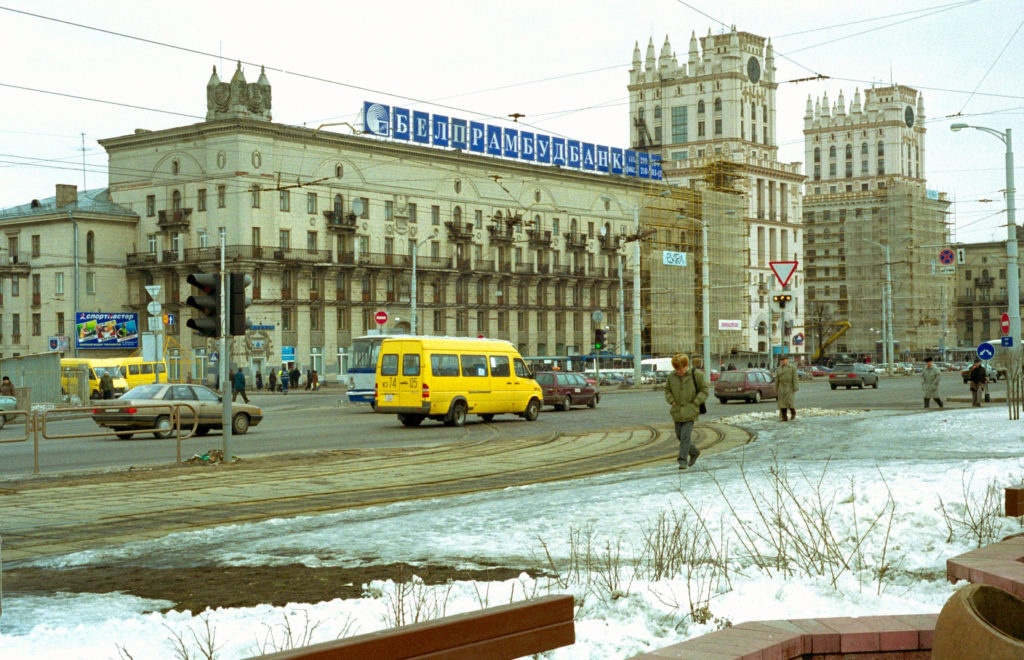Traces of the Soviet Union
In early April this year I attended a presentation in Berlin of a photo project titled Lost Territories. The project was carried out between 2008 and 2016 by a group of photographers, collectively referred to as Sputnik Photos. During the Berlin event one of the photographers, a Pole named Michał Łuczak, presented the main purpose of the project. His presentation was followed by a discussion with a Russian writer, Sergey Lebedev and me. During the conversation we came to the conclusion that the greatest value of the project did not lie in the artistic quality of the photographs or the interesting travel recollections that were shared by the photographers. Rather, it was how it captured the traces of the Soviet Empire, both material and non-material, which can still be found today in what some call the post-Soviet space. Does this fact mean the Soviet Union, which formally ceased to exist over a quarter century ago, has survived, despite conventional wisdom? Or perhaps, its death is a slow and painful process?
October 4, 2017 - Wojciech Górecki


































